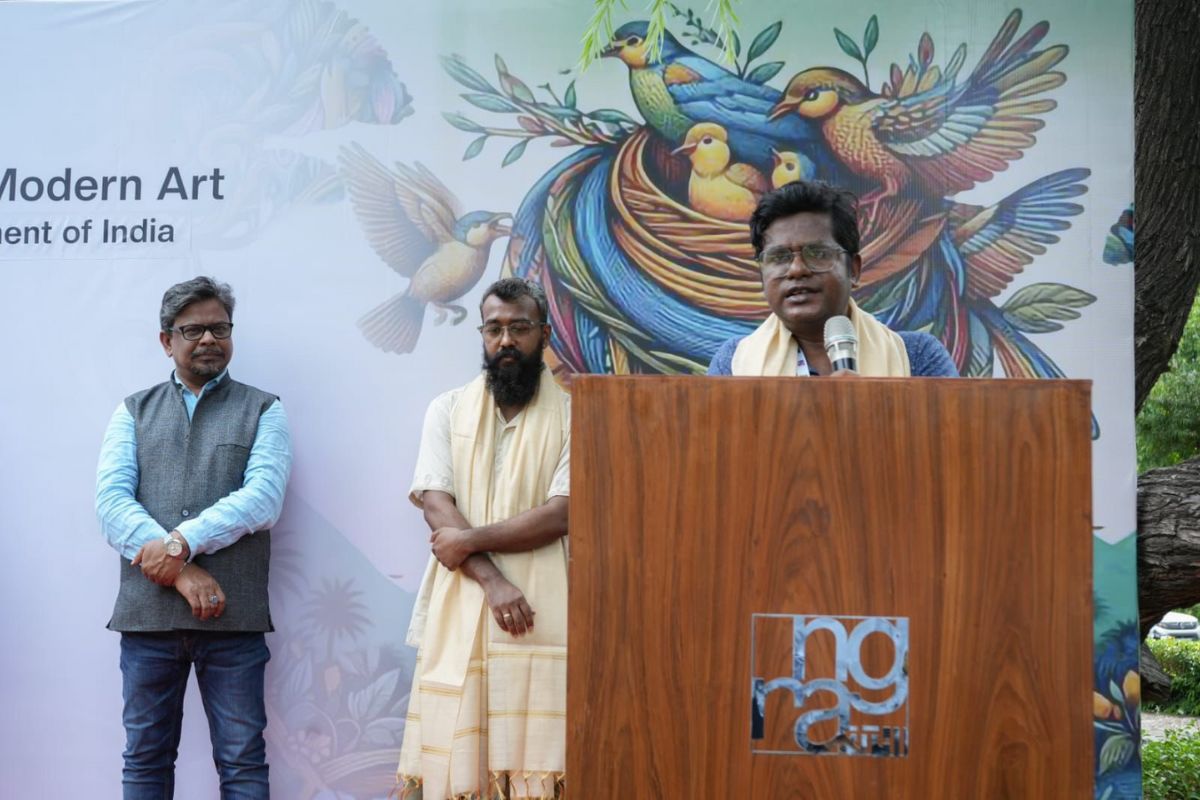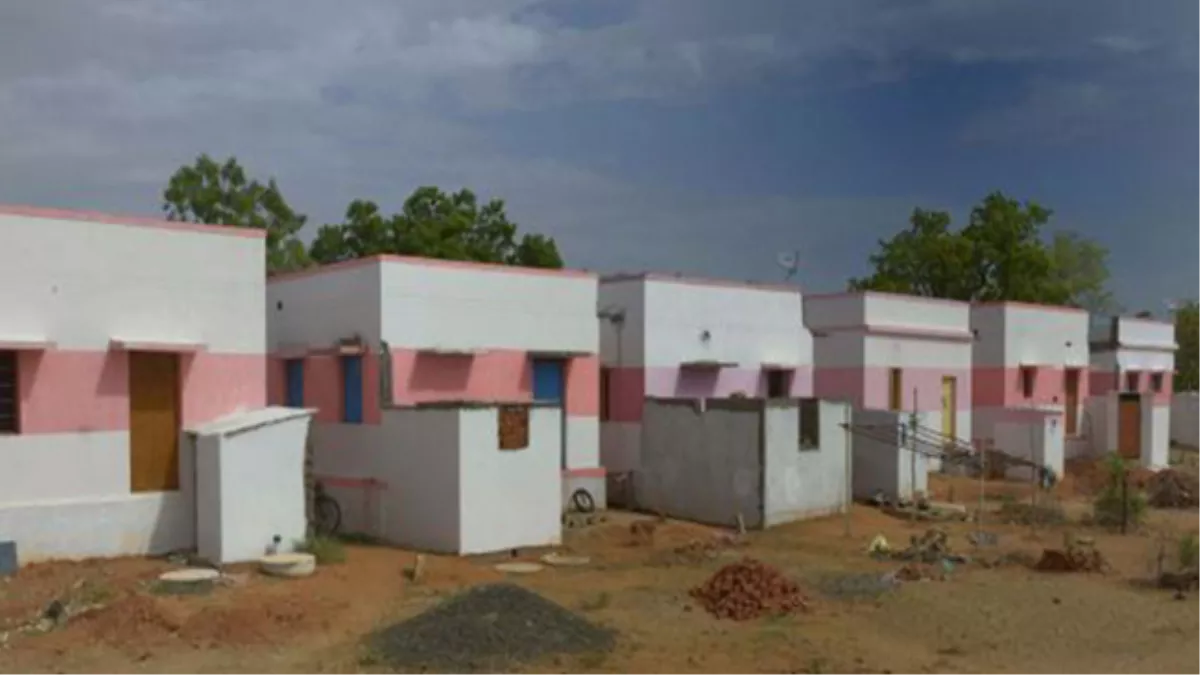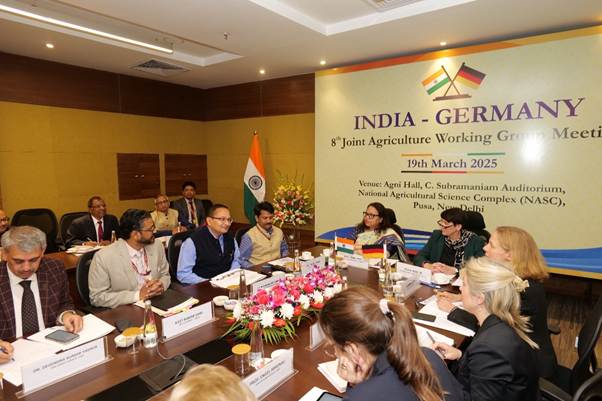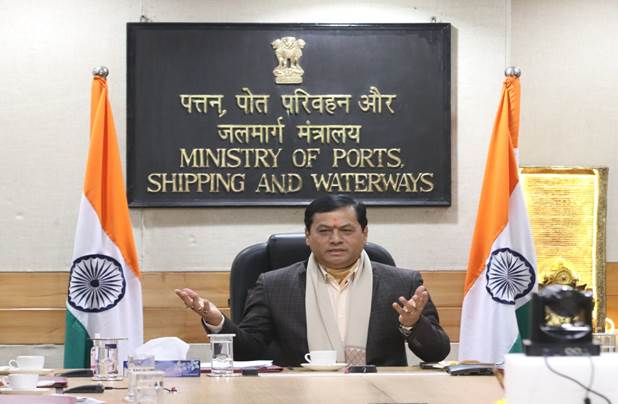India has long been a hub of artistic expression, with its public art mirroring the country’s cultural and spiritual diversity. From ancient rock-cut temples to modern street art, India’s landscapes have been adorned with artistic wonders. Art in India has historically been a part of daily life, religious practices, and social customs, manifesting through dance, music, theatre, and visual arts.
 The Ministry of Culture, Government of India, has initiated Project PARI (Public Art of India) to coincide with the 46th session of the World Heritage Committee, scheduled to be held in New Delhi from July 21-31, 2024. Executed by Lalit Kala Akademi and the National Gallery of Modern Art, Project PARI aims to bring public art inspired by India’s millennia-old artistic heritage, while incorporating modern themes and techniques.
The Ministry of Culture, Government of India, has initiated Project PARI (Public Art of India) to coincide with the 46th session of the World Heritage Committee, scheduled to be held in New Delhi from July 21-31, 2024. Executed by Lalit Kala Akademi and the National Gallery of Modern Art, Project PARI aims to bring public art inspired by India’s millennia-old artistic heritage, while incorporating modern themes and techniques.
The first phase of Project PARI is currently underway in Delhi, transforming the city’s public spaces into vibrant art installations. Over 150 visual artists from across the country are working on various sites, creating murals, sculptures, and installations. This initiative aims to democratize art, turning urban landscapes into accessible galleries and making art a part of daily life for all citizens. The integration of art into public spaces fosters a shared cultural identity and enhances social cohesion, encouraging engagement with art in everyday life.
The artworks being created under Project PARI draw inspiration from traditional Indian art forms such as Phad paintings (Rajasthan), Thangka paintings (Sikkim/Ladakh), miniature paintings (Himachal Pradesh), Gond art (Madhya Pradesh), Tanjore paintings (Tamil Nadu), Kalamkari (Andhra Pradesh), Alpona art (West Bengal), Cheriyal paintings (Telangana), Pichhwai paintings (Rajasthan), Lanjia Saura (Odisha), Pattachitra (West Bengal), Bani Thani paintings (Rajasthan), Warli (Maharashtra), Pithora art (Gujarat), Aipan (Uttarakhand), Kerala murals (Kerala), and Alpana art (Tripura).
The proposed sculptures for Project PARI include themes such as tributes to nature, ideas inspired by the Natyashastra, Gandhi ji, Indian toys, hospitality, ancient knowledge, Naad (Primeval Sound), Harmony of Life, and Kalpataru (the divine tree). Additionally, some artworks and sculptures are inspired by World Heritage Sites, such as Bhimbetka and the seven natural World Heritage Sites in India.
Women artists play a significant role in Project PARI, highlighting India’s NARI SHAKTI (women power). The project celebrates the contribution of women artists, reflecting their integral role in the country’s artistic landscape.




